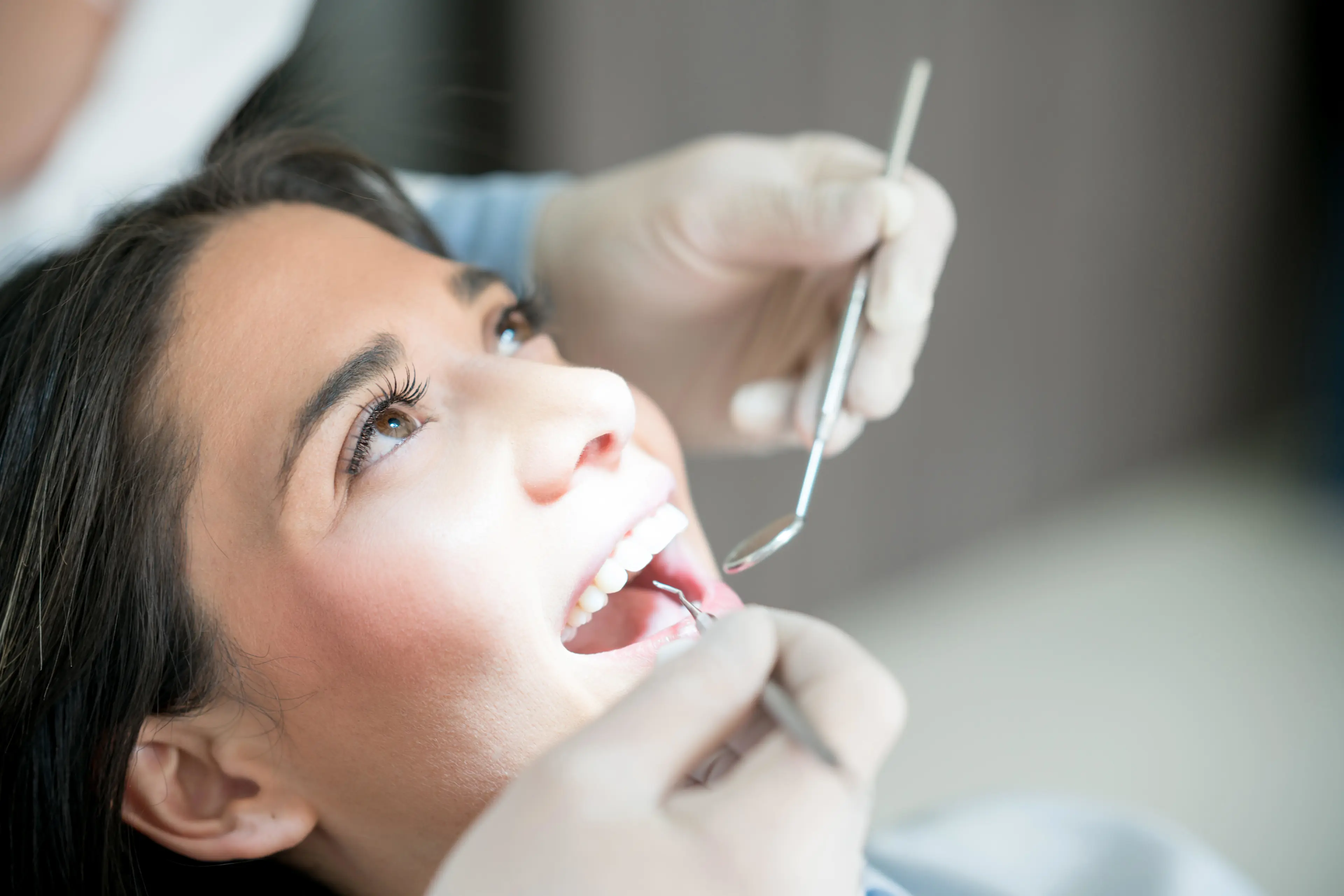When bacteria build up on your teeth and along the gum line, they become plaque. When plaque buildup isn’t removed, it can harden into tartar buildup. Tartar is hard, crusty, porous, yellow or brownish in colour and can only be removed by a dentist or dental hygienist. Plaque and tartar buildup can cause gingivitis, so it’s important to take care of it early.
While plaque can be difficult to perceive, you’ll be able to tell when you have tartar. Its porousness helps it better retain stains, so they’ll be showing up from coffee, tea and cigarette smoke.
Everyone’s different when it comes to tartar buildup. For many, susceptibility to tartar increases with age. Tartar bonds strongly to your tooth enamel once it’s here, so it’s best not to invite it!
Tips to Avoid Tartar Buildup
It’s best to prevent tartar from making an appearance in the first place. Try brushing your teeth twice a day and flossing at least once a day. That will remove most of the plaque buildup that can eventually solidify into tartar. As always, try to hit the hard-to-reach places, and take your time to pull off a thorough cleaning. For a leg up on the problem, you can choose a tartar control toothpaste. And swish with an antiseptic rinse with zinc chloride such as LISTERINE ULTRACLEAN® Gum Protection, which fights plaque and tartar buildup.
Before you even get to the bathroom sink, you can make the conditions a little less hospitable for bacteria by enjoying sugary and starchy foods a little less often. If you’d rather not, do brush and floss after snacks, and give a swish of good old LISTERINE® antiseptic for some bacteria-killing action.
Lastly — or firstly, really — see your dentist regularly. They’ll spot tartar for sure. Just so you know, they may call it calculus. Much like that kind of mathematics, it can be a real nightmare.
